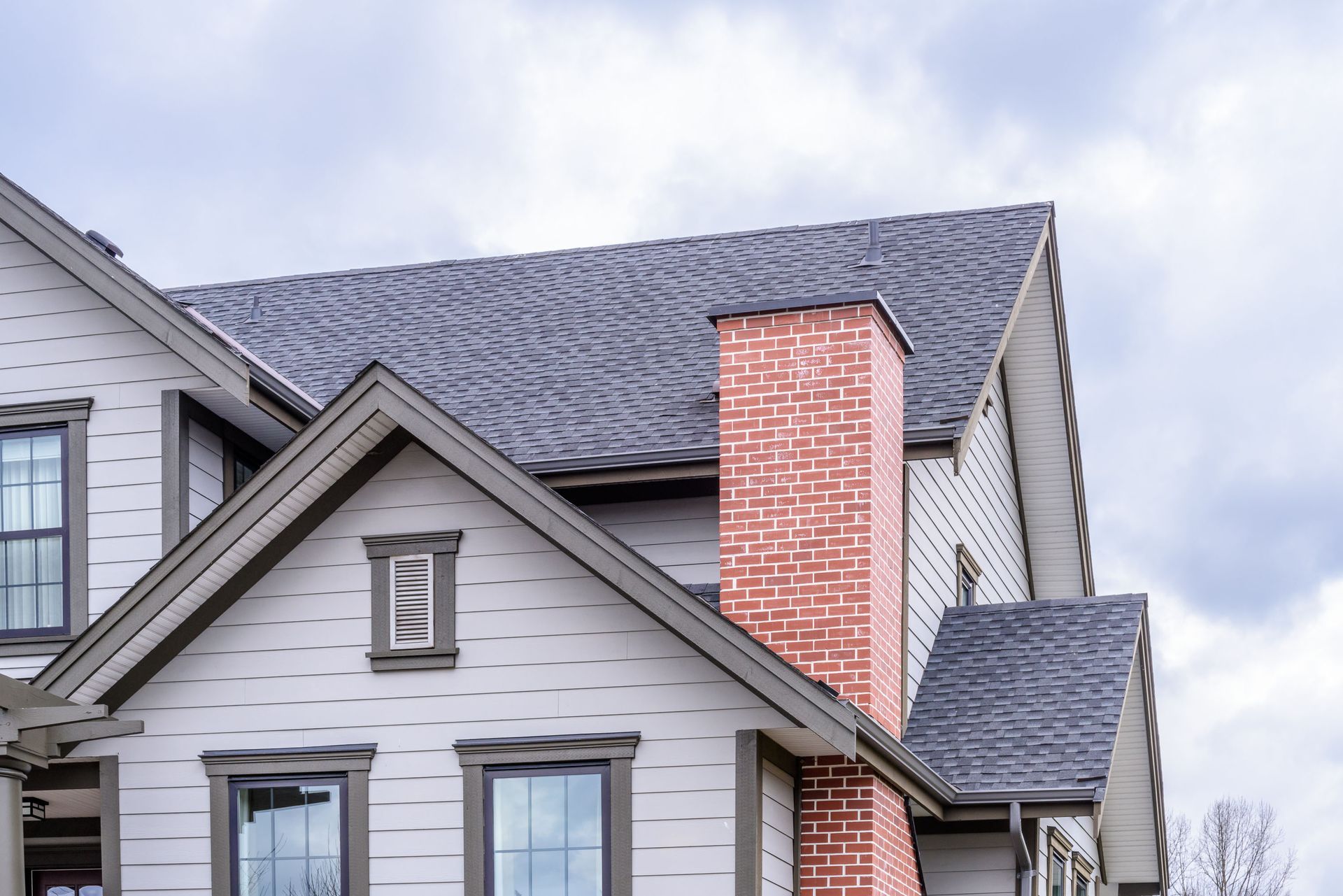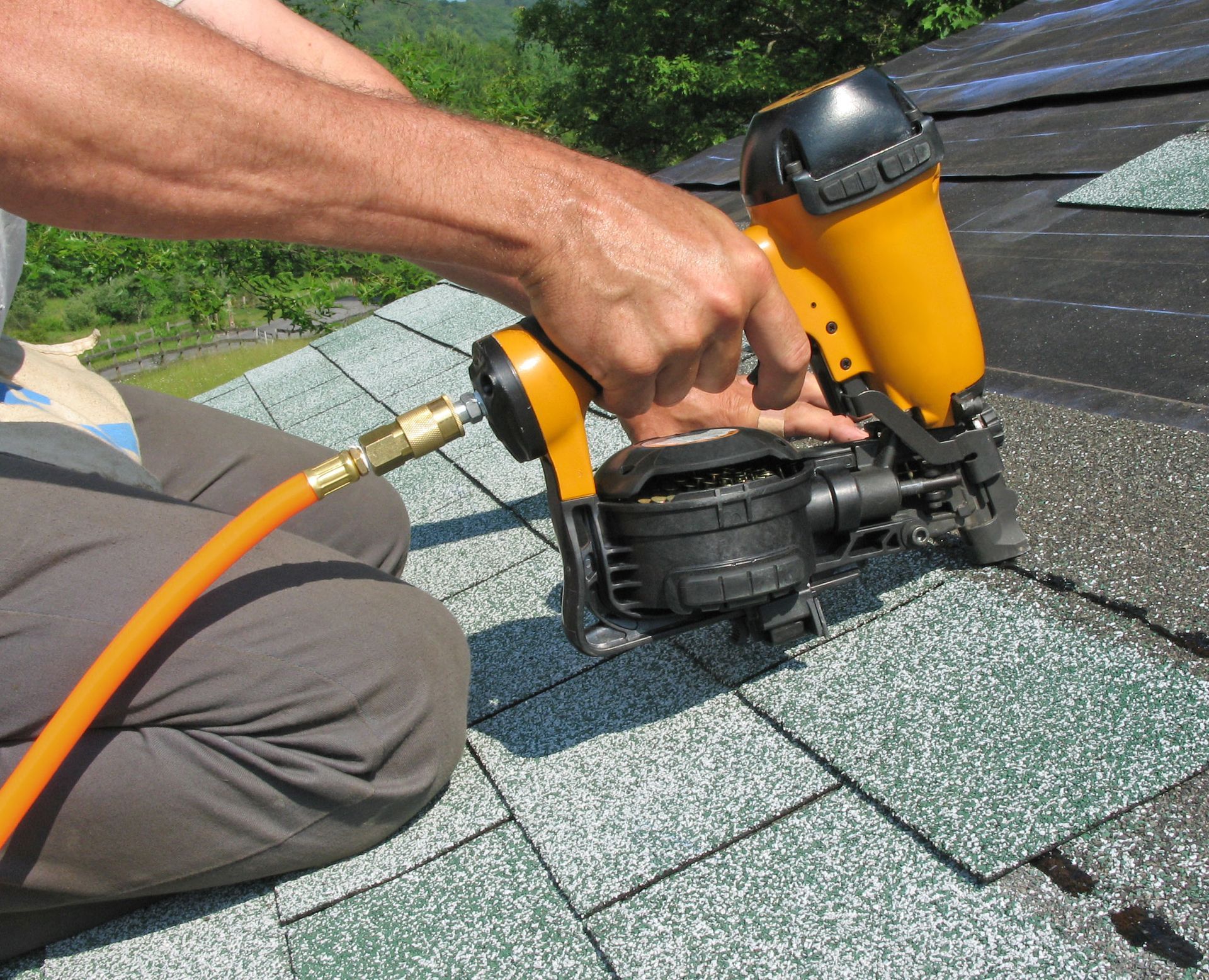November 19, 2025
A home’s roof is constantly exposed to the elements, making it one of the most vulnerable parts of your property. Seasonal changes — whether scorching summers, heavy rains, freezing winters, or gusty autumn winds — can all impact a roof’s integrity over time. Understanding how each season affects your roof is essential for homeowners who want to maximize its lifespan and prevent costly repairs. According to RoofLink, over 40% of single-family homes are older than 30 years old, which makes proactive maintenance even more critical. Engaging experienced residential roofers to assess and address weather-related wear can help homeowners protect their investment year-round.
Inspect Your Roof After Extreme Weather
Extreme weather events such as hailstorms, heavy snow, or high winds can leave hidden damage that often goes unnoticed until it becomes severe. Shingles may crack, loosen, or even be blown away, leaving your roof exposed to leaks and water damage. Lightning strikes or fallen tree branches can also compromise structural integrity, especially around vulnerable roof edges and valleys. Seasonal inspections — particularly after harsh weather — allow residential roofers to detect early signs of deterioration. Catching issues early helps prevent minor problems from escalating into expensive repairs or full replacements. Documenting damage with photos can also be helpful for insurance claims and long-term maintenance planning. In our experience, homeowners should schedule roof inspections at least twice a year — after winter and after summer — as these seasons are when roofs are most likely to sustain wear.
Clean and Clear Debris Regularly
Leaves, branches, and other debris tend to accumulate during autumn and after storms, which can clog gutters and trap moisture. Prolonged moisture can accelerate the growth of mold, algae, and rot, leading to weakened roof materials and shortened lifespan. Even small accumulations of debris in valleys or around chimneys can create localized stress points where leaks may form. Cleaning debris promptly and keeping gutters flowing smoothly ensures that water is properly channeled away from your home. Many residential roofers include gutter maintenance as part of seasonal service packages, recognizing that simple cleaning tasks can significantly extend roof life. Additionally, trimming nearby trees reduces the chance of branches scraping or falling onto the roof during storms, offering further protection. Regularly checking downspouts ad ensuring proper drainage also helps prevent water from pooling around your foundation and causing long-term damage.
Protect Your Roof From Sun and Heat Damage
Summer brings intense sunlight and high temperatures that can cause shingles to crack, warp, or lose granules over time. UV rays degrade roofing materials, reducing their ability to protect your home effectively. Heat can also warp underlayment or cause attic temperatures to rise, stressing both shingles and structural components. Applying reflective coatings or scheduling inspections with residential roofers can help identify areas where shingles are losing resilience. Proper attic ventilation is equally critical — it prevents heat from becoming trapped, which can accelerate material degradation and increase energy costs. During prolonged heat waves, homeowners might also consider using temporary shade solutions or roof-friendly insulation to minimize temperature extremes. Taking these preventive steps ensures that your roof remains structurally sound despite the harshest summer conditions. Additionally, keeping an eye on minor cracks or curling shingles throughout the season allows for early repairs before more serious damage occurs.
Prevent Ice Dams and Winter Damage
Winter introduces the threat of ice dams, heavy snowfall, and freezing temperatures. Ice dams form when heat escaping from the attic melts snow unevenly, causing water to refreeze at the roof edge. This trapped water can seep under shingles, leading to leaks, wood rot, and insulation damage. Additionally, the weight of accumulated snow can stress the roof deck, particularly in older homes or areas with heavy snowfall. Residential roofers can inspect your roof before winter to ensure proper insulation, ventilation, and flashing placement, reducing the likelihood of ice dams. Snow removal using safe tools and timely repairs also prevents excessive weight from compromising the roof structure. Understanding winter-specific risks and addressing them proactively protects both your roof and the interior of your home from seasonal damage. Applying a waterproof sealant to vulnerable areas and keeping attic vents clear also helps minimize the risk of leaks and structural damage during harsh winter months.
Reinforce Vulnerable Areas Before Storm Season
Spring and early summer often bring thunderstorms, high winds, and heavy rainfall that can test a roof’s durability. Areas like valleys, edges, skylights, chimneys, and roof vents are particularly susceptible to leaks and water penetration. Reinforcing these weak spots before storm season is crucial. Skilled roofing contractors can install additional flashing, sealants, or underlayment in these critical areas to prevent water intrusion. They can also inspect roof decking and shingles to identify sections that may need reinforcement or replacement. Properly securing these vulnerable areas reduces long-term damage and ensures that your roof continues to perform optimally throughout the year. Preventive reinforcement is often more cost-effective than emergency repairs after a major storm has already caused damage.
Apply Seasonal Treatments and Professional Maintenance
Another effective way to extend your roof’s lifespan is through seasonal treatments and professional maintenance. Protective coatings, waterproofing treatments, and algae or moss prevention solutions can reduce weather-related wear and maintain the integrity of roofing materials. Regular inspections by residential roofers can also identify subtle issues such as minor leaks, loose shingles, or damaged flashing before they become major problems. Scheduling preventive maintenance every season ensures your roof is prepared for temperature fluctuations, storms, and precipitation. This proactive approach not only preserves your roof’s structural integrity but also helps maintain your home’s energy efficiency and overall curb appeal. Incorporating these seasonal treatments into a long-term maintenance plan ensures that small issues are addressed promptly, ultimately saving homeowners time, money, and stress over the life of the roof.
Extend Roof Lifespan Through Year-Round Care
The key to maximizing roof longevity is proactive, year-round care. Each season presents unique challenges, and understanding how weather affects different roofing materials helps homeowners make informed decisions. For example, asphalt shingles are particularly vulnerable to heat and UV damage, while metal roofs may expand and contract with temperature fluctuations. Snow and ice impact all types of roofs differently, requiring tailored maintenance strategies. Hiring a residential roofing contractor ensures that seasonal challenges are addressed promptly. Based on years of working with homeowners, preventative care, good materials, coatings, and ventilation can extend a roof’s lifespan by ten years or more.
Simple habits such as clearing debris, inspecting for damage, and reinforcing vulnerable areas may seem minor, but they collectively protect a major home investment. Proactive homeowners often see reduced repair costs, improved energy efficiency, and fewer emergency interventions, highlighting the importance of a strategic maintenance plan that accounts for seasonal changes.
Seasonal weather plays a major role in the lifespan of your roof. From scorching summer heat to icy winter conditions, each season presents unique challenges that can accelerate wear if left unaddressed. Regular inspections, debris removal, heat protection, ice dam prevention, seasonal treatments, and targeted reinforcement are all effective strategies to combat seasonal damage. By partnering with experienced residential roofers, homeowners can proactively address vulnerabilities, extend their roof’s life, and avoid costly repairs. Understanding the impact of each season empowers you to protect one of your home’s most critical investments, ensuring lasting durability and peace of mind for decades to come. If you’re looking for skilled, reliable residential roofers who can handle everything from routine maintenance to major roof projects, contact Jenco Construction today and ensure your home stays protected year-round!





